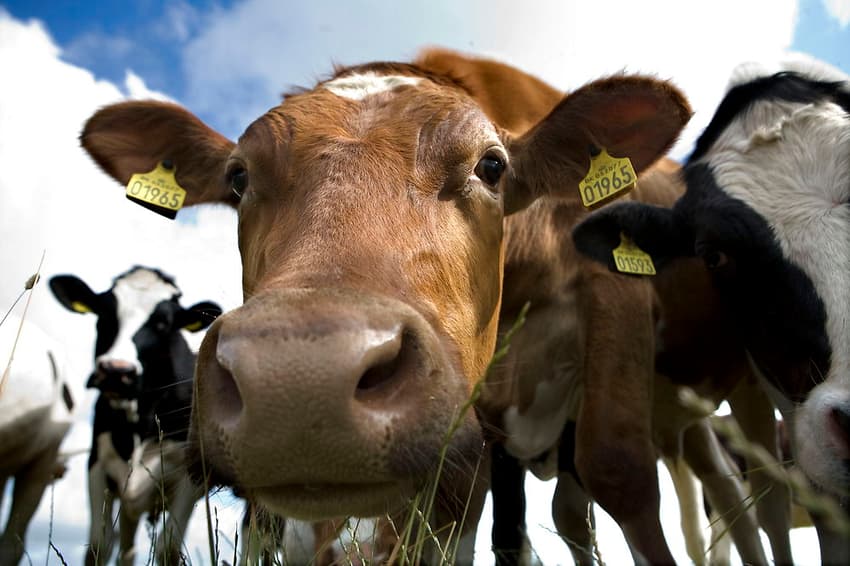Danish dairy giant to test carbon footprint of farmers

Dairy giant Arla will in future check the climate impact of over 10,000 producers, according to new targets outlined by the company’s leadership.
A new green testing model will be introduced from January 1st 2021, according to the plan.
“Currently, we check the quality of milk. But if, in future, we want the minimum possible climate footprint, we must also look to test the climate footprint of individual farmers,” the company’s chairperson Jan Toft Nørgaard said.
The plan will be presented by the leadership of the company, which is a cooperative, and will then be discussed by its board of representatives, Ritzau writes.
“That’s the way we wish to go, but we must go through a democratic process,” Nørgaard said.
“And we must ensure that it’s not only the (farmers) who are in the best position, closest to the goal, who are given the biggest motivation. We must have a model that ensures all are rewarded for improvement,” he added.
Agriculture is currently responsible for a total of 21 percent of Denmark’s emissions.
Cattle and pig farming are two major contributors to that output.
Although the aim of measuring the climate impact of suppliers has now been stated, it remains at the idea stage
Experts from Siges, a Danish research institute for agriculture, are to help map out paths for farmers to cut emissions, however.
“Some of the buttons farmers can press are the ways in which cattle are fed,” Nørgaard said.
“But breeding is also a key factor. Two cows do not emit the same amount of gasses. There are genetic differences,” he continued.
The Arla chair said he expected support from farmers over the plan.
“I don’t think there will be much opposition from my colleagues at farms over this. We are basically sportspeople who like to get better at what we do,” he said.
Arla has stated targets of CO2-neutral milk production by 2020 and a 30 percent reduction between 2015 and 2030.
Comments
See Also
A new green testing model will be introduced from January 1st 2021, according to the plan.
“Currently, we check the quality of milk. But if, in future, we want the minimum possible climate footprint, we must also look to test the climate footprint of individual farmers,” the company’s chairperson Jan Toft Nørgaard said.
The plan will be presented by the leadership of the company, which is a cooperative, and will then be discussed by its board of representatives, Ritzau writes.
“That’s the way we wish to go, but we must go through a democratic process,” Nørgaard said.
“And we must ensure that it’s not only the (farmers) who are in the best position, closest to the goal, who are given the biggest motivation. We must have a model that ensures all are rewarded for improvement,” he added.
Agriculture is currently responsible for a total of 21 percent of Denmark’s emissions.
Cattle and pig farming are two major contributors to that output.
Although the aim of measuring the climate impact of suppliers has now been stated, it remains at the idea stage
Experts from Siges, a Danish research institute for agriculture, are to help map out paths for farmers to cut emissions, however.
“Some of the buttons farmers can press are the ways in which cattle are fed,” Nørgaard said.
“But breeding is also a key factor. Two cows do not emit the same amount of gasses. There are genetic differences,” he continued.
The Arla chair said he expected support from farmers over the plan.
“I don’t think there will be much opposition from my colleagues at farms over this. We are basically sportspeople who like to get better at what we do,” he said.
Arla has stated targets of CO2-neutral milk production by 2020 and a 30 percent reduction between 2015 and 2030.
Join the conversation in our comments section below. Share your own views and experience and if you have a question or suggestion for our journalists then email us at [email protected].
Please keep comments civil, constructive and on topic – and make sure to read our terms of use before getting involved.
Please log in here to leave a comment.